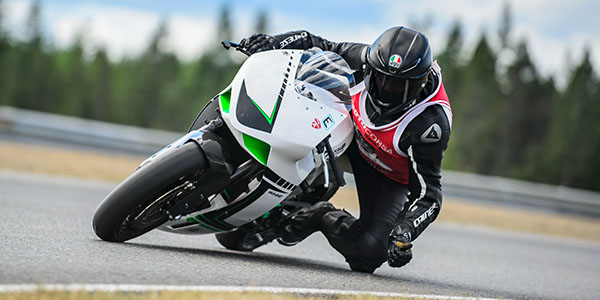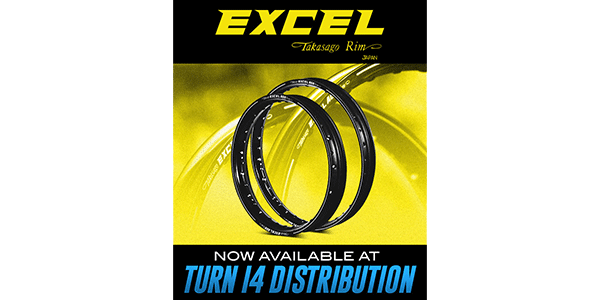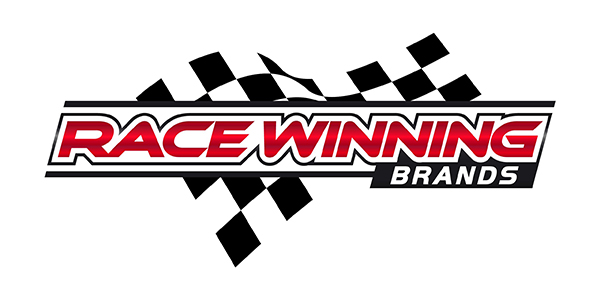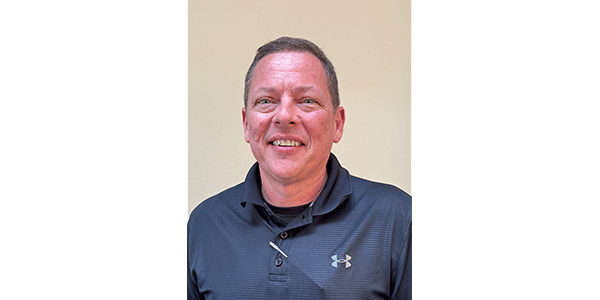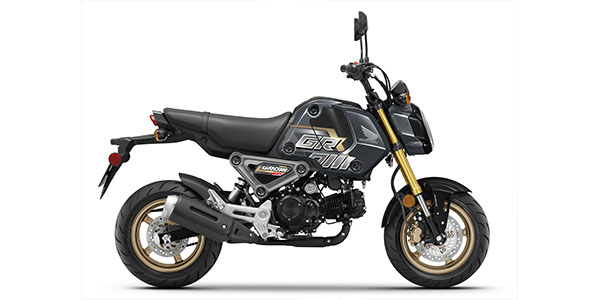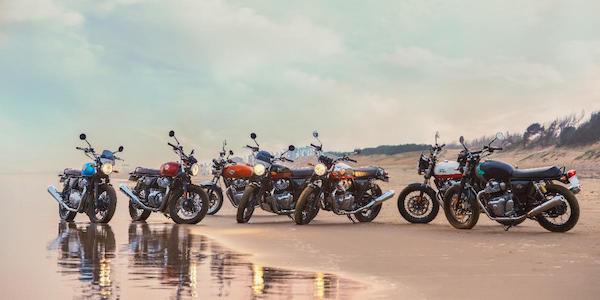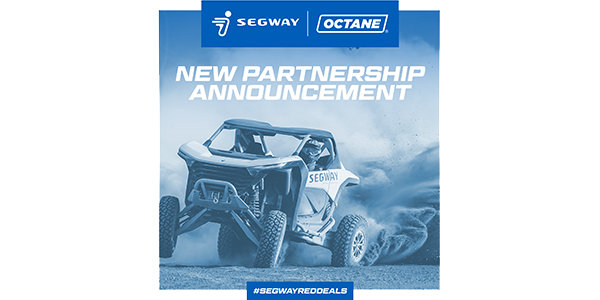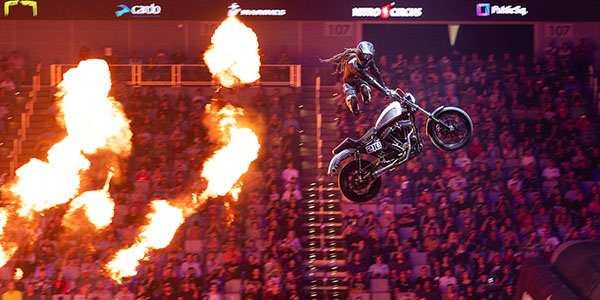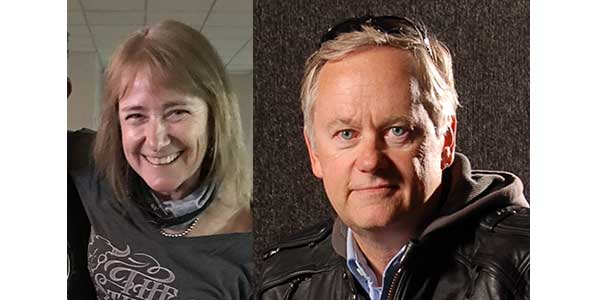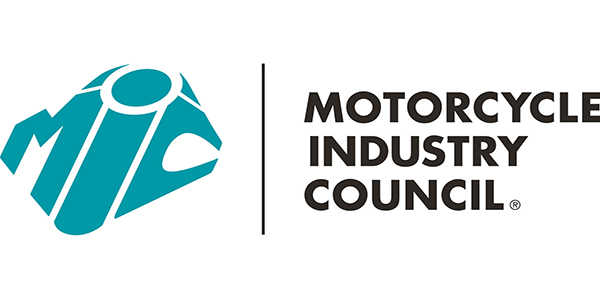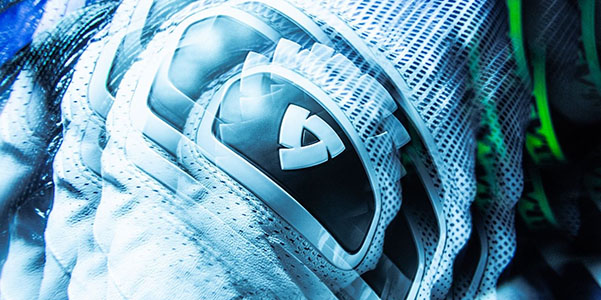In November of 2006, the Klock family — father Brian, wife Laura and daughters Erika and Karlee — stepped into the limelight on the high-octane stage that is the Bonneville Salt Flats. While the speed racing world put on a show with battling streamliners (won by a Chris Carr-stuffed Dennis Manning entry that went 350.884 miles per hour), Laura Klock set a class land speed record on a custom-framed bagger stuffed with 124 cubic inches of S&S V-Twin. The tall, boisterous speed-racing mother of two was an instant favorite with media and fans.
Daughters Erika and Karlee were at the track that day, too, drinking in the wave of excitement created by their mother’s full-throttle attack on the salt and a hotrod custom Brian brought to the event.
During one of Laura’s post-race interviews, a reporter turned to Karlee and asked if she thought her mom was crazy or cool. “She’s definitely both,” 11-year-old Karlee answered. The reporter then asked if she would like to give it a try one day, to which Karlee replied, “Yeah, I’m going to race out there — I’m going to go 200!”
That day, Bonneville’s circus sideshow of billet-covered beauties and purpose-built flat-black rats hammering a mile of salt captivated Karlee. She didn’t just want to soak up the sunshine and smell the race fuel. She wanted to be up on stage. It turns out, if Bodies in Motion author Steven L. Thompson is correct and the need for speed is genetic, Karlee’s love of racing was simply factory-installed.
Laura’s high-octane tastes were honed in the rural dairyland of western Wisconsin, where she grew up immersed in a fuel-burning, wheelie-popping culture heavily populated with ATVs, snowmobiles and motorcycles. During high school, she drove a ’67 Firebird with reckless abandon all the while getting good grades and playing sports. She later went to college and worked her way through a graphic arts management and marketing degree. She and Brian later met, and they now run a custom parts company in Mitchell, S.D.
An Emery, S.D., native, Brian Klock started riding young as well. He remembers beating in a dusty circle track with a Honda mini in a vacant neighborhood lot as a boy. When he realized how much his friends loved riding the bike, he began charging them a nickel to ride it. “I used my earnings to buy comic books and bubble gum,” Brian said. “That was my first entrepreneurial effort.” Brian’s first car was a 400 Honda, and his father stuck him with a Gold Wing in high school. After a brief high-adrenaline foray into crotch rockets, he bought a H-D, tricked it out and later sold it. “I made, like, 800 bucks after I rode it all year,” Brian said, “and I couldn’t believe it. That started my love affair with customizing and designing.”
Brian eventually became a successful custom builder and founded Klock Werks. He started out building motorcycles that he liked, and kept the business modest. When he decided to make a career out of building custom motorcycles, he accepted the fact that it was not likely to be lucrative. “If I had pizza in the fridge, I was good,” Brian said.
When Laura and her daughters came into his life, however, his perspective obviously changed.
“It took three girls to push me over the edge and realize that I just couldn’t build cool customs that made me happy. I had to start building parts and thinking about the everyman.”
Brian had a strong reputation as a builder, and was asked several times to enter Biker Build-Off. In 2006, he decided he was ready to accept that invite. His product line was geared for touring cruisers, so he intended to build a hot rod bagger. The bike was an unusual choice, and he doubted it would be terribly popular with the show’s voters. “We fully expected to lose,” Brian said, “but it would be a commercial for our company.”
He and the team wanted to showcase the bike’s performance by racing the bike after competing on the show. When The World’s Fastest Indian came out, Brian decided to take the machine salt flat racing. He knew that a woman riding the bike would add marketability to the race debut. He also knew Laura was a speed freak.
So when Brian asked Laura to ride the bagger at Bonneville, Laura simply replied, “Will you let me?”
Laura was, of course, thrilled, and the family raced at Bonneville three weeks after the show competition. The family and many friends would go along on the trip. They viewed it as an once-in-a-lifetime opportunity.
When Laura came to the line for her first run, Brian advised her to take it easy. “She doesn’t listen,” Brian said. “We were such rookies.”
When Laura got out on the salt for her first run, she accelerated through the first three gears steadily but without urgency. When she shifted up into fourth, the engine’s tone rose from a steady howl to a wail of over-rev. The guys in the pits thought she had blown the engine.“No,” Brian told them. “She’s going for it.’”
He sweated it out as Laura ran the mile-long course wound tight in top gear, and then carefully slowed down the bike on the salt. Brian said that first run seemed to last a lifetime, and he can still remember the radio announcer’s every word. When it was over, Laura and the bagger ran at a class record pace of 137.5 miles per hour.
Brian and Karlee went in search of Laura and found her back in line again, ready to get out on the course. “I tapped her on the shoulder,” Brian said. “She put her helmet shield up and said, ‘Honey — it’s got more.’”
The bike proved her right and, on her second pass, Laura clocked more than 143 miles per hour. The class record was theirs in the first two passes.
After a week of running the bike, Laura noticed the bike’s handling degrading as she accelerated down the course. “The bike seemed to lift up a bit at speed,” she said.
Brian believed the windscreen had aerodynamic problems. Later that summer, a chance meeting gave the company access to an A2 wind tunnel in North Carolina. Brian had an idea for a new windshield design, which he believed might improve the bike’s stability, and the wind tunnel offered him a chance to prove his theory. He used their rapid prototype machine to build a test version.
When they tested it in the wind tunnel, they discovered that the stock bat wing fairing created 30 pounds of lift. This was raising the front end of the bike at high speed and destabilizing the entire chassis. Brian’s design — which he dubbed the “Flare” windscreen — produced just 15 pounds of downforce.
The Flare windscreen makes dressers more stable at speed and is stylish to boot. As word spread about the windscreen’s performance, it became a phenomenon. It is the best-selling product made by Klock Werks, and eventually was voted “Accessory of the Year” at the 2008 V-Twin Expo.
The Klocks were keen to go back to Bonneville. Both Erika and Karlee had shown some interest in flat track racing, as a number of their friends at school were racing on the small ovals. They jumped at the opportunity to race on the salt.
“If you want to try racing,” Laura said, “this is a pretty safe form of it. There are no other kids out there on the track to knock them over.”
The Klocks bought a custom Buell Blast from their old friend Mark Triebold at Somerset, Wis.-based Crossroads Performance. Erika eagerly took to the salt flats and set a class record in 2007. Laura later set more records on the custom bagger, and the duo became the first mother-daughter team to set land speed records at the same event.
Karlee was chomping at the bit to join, but Bonneville rules require racers to hold a driver’s license. As luck would have it, in the Klock family’s home of South Dakota, one can hold a driver’s license at age 14. So Karlee got her license and was able to compete at Bonneville as a 14-year-old in 2008. She rode the Buell, and Erika ran a bike prepared by another team.
Racing appears to be in Karlee’s blood, and Laura says she is absolutely fearless and completely at home on the race track. She seeks out advice from the older racers, particularly Tom “Santa Claus” Anderson, the speed record racer who owns Buell Brothers Racing.
Karlee cites Anderson as her idol, and Anderson actually helped her break Erika’s record on the Blast. “I was talking to Santa Claus, and he told me to beat her, I had to put my butt up on the back of the bike,” Karlee said. She did just that, and sitting further back on the tiny rear cowl of the bike netted her a few precious miles per hour of speed. Karlee’s title performance made the 14-year-old the youngest land speed record holder in history. The family also set a record as the first mother-daughter-daughter trio to set records at the same time.
Laura eked more speed out of her bagger that year, eventually running at 161 miles per hour. Erika set new records in 2008 and 2009. Klock Werks grew as well; the company now has 20 full-time employees at its South Dakota shop.
Laura speaks regularly at events about how the track and racing helped her family grow as people. She has developed a motivational presentation she calls “Any Road,” in which she talks about her at-times rocky road to success in racing as well as in life.
One of the roads that the family took was marriage. Brian proposed at Bonneville in 2006, and the couple was married there in 2007. “Bonneville is a very special place for us,” Brian said.
Karlee seems to agree with her step-father. She is enrolled in the Lyn St. James Academy, an invitation-only program designed to help young female racers grow and develop. Former graduates include Indy racer Danica Patrick and NHRA drag racer Melanie Troxel.
Laura said that both of her daughters learned a lot about life while racing at Bonneville. “You have to learn how to handle success and failure, and how to work with a team.”
The two girls have well-rounded interests, and are active in athletics and other activities. For Karlee, those other activities have not distracted her from her passion for motorcycle racing. When asked what she wanted would be doing after high school, her response was instantaneous.
“Drag racing,” she said.
Racers rarely waste words.

